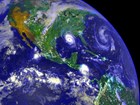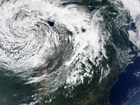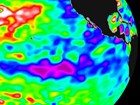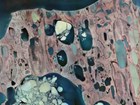Discover the different types of storms, how they form, how they can impact the areas they cross, and some cyclic climate patterns that can create predictable weather events
-
Article 1: Tropical Storms

Tropical storms are warm-based systems that derive their energy from warm ocean water and warm, moist air. These storms drive coastal change along the Gulf of Mexico and in the North Atlantic. Read more
-
Article 2: Extratropical Storms

Extratropical storms form outside of the tropics, usually at mid-latitudes between 30° and 60° latitude from the equator. Extratropical storms are driven by temperature differences where two air masses meet and create a “front.” These storms are the primary drivers of coastal change along the northeast and mid-Atlantic coasts. Read more
-
Article 3: El Niño and La Niña

Oscillation of the ocean-atmosphere system in the tropical Pacific drive El Niño and La Niña cycles which have large-scale impacts on ocean processes, weather, and climate around the globe. Read more
-
Article 4: Arctic Storms

Bringing massive amounts of precipitation in the form of heavy snows to the Alaskan coastline, arctic storms can span larger than hurricanes and re-create coastlines with their energy. Read more
